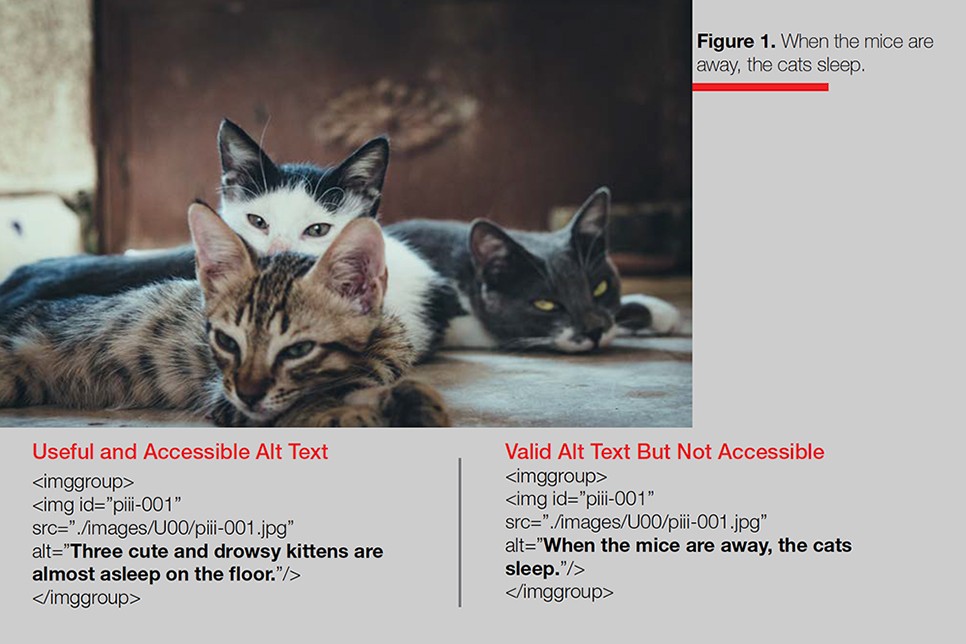
At around the same time last year, publishing industry experts and analysts looked ahead with optimism, hope and excitement as they speculated on what wonders 2020 might bring.

Every year - like clockwork - technology experts and futurists speculate as to whether this will finally be THE YEAR for mass market adoption of VR (virtual reality), AR (augmented reality) and MR (mixed reality), now commonly referred to under the useful catch-all umbrella term XR (extended reality) technologies.

The American philosopher and linguist Noam Chomsky once famously said: “A language is not just words. It’s a culture, a tradition, a unification of a community, a whole history that creates what a community is. It’s all embodied in a language.”

Over the last two decades, technology has gained wider acceptance in the classroom. Since the pandemic, when teachers and students have been abruptly forced apart, tech solutions from video calls to virtual classrooms to online learning platforms have leapt into widespread use and become a lifeline for education this term—a topic we wrote about in a previous blog post.

It would be an understatement to say that these are challenging times for teachers. Plunged into lockdown with no time to prepare for it, educators are quickly adapting to the new realities of distance instruction while getting up to speed with technology platforms, unfamiliar teaching techniques, and changing district and institutional guidelines.

In October, the United States Supreme Court handed down an order stating that it would not take up a plea from Domino’s pizza chain to reverse a decision in the U.S. 9th Circuit Court of Appeals stating that the company must make its website accessible to people with disabilities.

Across most levels of education, students now expect learning experiences to be broadly in-line with their fast moving, digitally native, on-the-go lifestyles. And the pressure to cater to this need and deliver learning in a dynamic way is something which educational institutions feel on a daily basis.

In 2017 we published a white paper entitled Six Big Trends Reshaping K-12 Education Publishing which focused on some of the major developments driving innovation and change in the sector. The report homed in on issues such as changing legislation and standards, accessibility and demographic shifts, while also exploring how publishers are adapting to classroom and curricula trends such as OER (Open Educational Resource) and adaptive tech.

Accessibility is an approach to publishing and design that makes content available to all, including those with disabilities who use assistive technologies on the computer. The aim of accessible publishing is to make reading easier for users who have difficulties or disabilities including the blind, partially sighted, and people with learning disabilities.










